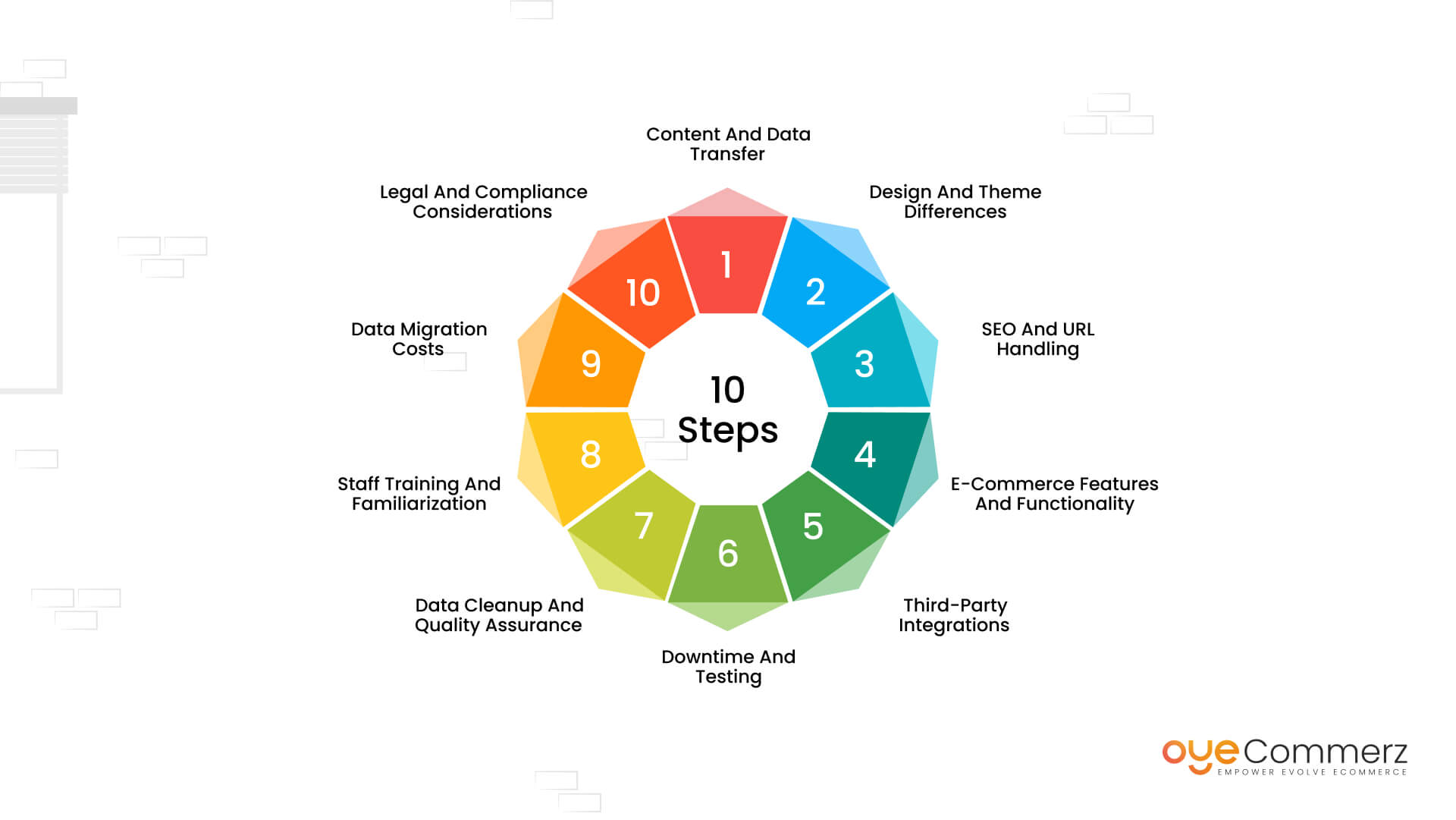Effortless Transition from WordPress to Shopify: A Comprehensive Roadmap for E-commerce Growth
Transitioning from WordPress to Shopify is an exciting step toward streamlining your e-commerce operations. As businesses expand, selecting a platform that aligns with scalability, UX, and flexibility becomes crucial. Shopify is widely recognized as a preferred choice for e-commerce professionals, providing unmatched flexibility, data protection, and user-friendliness. In this guide, we will delve into the transformative impact of this migration, highlight the benefits, and provide practical tips to facilitate a seamless move.
1. Why Switch from WordPress to Shopify?
WordPress, paired with WooCommerce, has served countless e-commerce platforms. Nevertheless, as companies expand, challenges like reliance on plugins, data risks, and complex setups can hinder growth. Shopify, specifically created for e-commerce, eliminates these concerns with an all-in-one, intuitive platform. Real data supports this shift—Shopify hosts over 4.4 million websites globally, with a documented 10% increase in sales performance for numerous merchants post-switch.
2. Shopify's Advantages for Thriving Online Stores
Shopify’s powerful platform is tailored for expanding brands. Its standout benefits are:
- Seamless Customization: Shopify offers over 80 expertly crafted themes.
- Built-in Features: Features like Shopify Payments and integrated SEO save time and effort.
- International Expansion: Multi-currency support and localization features enable brands to reach global markets.
Additionally, Shopify delivers an uptime rate of 99.98%, guaranteeing your store remains accessible.
3. Preparing for WordPress to Shopify Migration
Prior to starting the migration process, assess your current store. Review inventory details, client information, and search engine rankings. Tools like Shopify’s Migration Kit or third-party solutions help ease the transition. Create a comprehensive plan, making sure all resources—item details, media files, and blog content—are optimized for transfer.
4. The Importance of Accurate Data Migration
Data migration is a cornerstone of a smooth platform switch. When migrating from WordPress to Shopify, focus on:
- Product Information: SKU, item summaries, and groupings.
- Client Information: Emails, purchase records, and custom fields.
- SEO Optimization: Retain meta tags, URLs, and redirects to maintain search rankings.
Leverage apps like LitExtension to facilitate seamless migration while reducing mistakes.
5. Tailoring Your Shopify Store to Fit Your Brand
After the move, personalizing your Shopify store helps it reflects your business identity. Utilize Shopify’s intuitive page builder to create layouts with ease. Shopify's themes are optimized for all devices, providing a seamless UX across devices—a critical factor, since 74% of online shopping is generated by mobile visitors.
6. Maintaining SEO During Migration
Search engine optimization is crucial for preserving your visibility during migration. Shopify is highly optimized for search engines with organized link formatting, preloaded features, and smooth content management. Ensure:
- Set up URL forwarding for existing links.
- Enhance updated content with targeted phrases.
- Leverage plugins like Plug in SEO to track analytics after the switch.
7. Essential Tests After Migrating to Shopify
Once the migration is complete, run detailed checks.
Review: - Website speed (Shopify boasts faster speeds in contrast with WordPress).
- Functionality of payment gateways and transaction flow.
- Adaptability across devices.
Testing guarantees your WooCommerce alternative Shopify store provides a smooth shopping journey from the start.
8. Case Study of a Successful Migration
One such migration success story is Gymshark, a fitness apparel brand that transitioned to Shopify. After the switch, the company saw a 60% boost in mobile sales and reduced site downtime. This highlights the capabilities of Shopify in driving e-commerce growth.
9. Overcoming Common Migration Issues
Migration is not without obstacles, such as data integrity and reconfiguring custom functionalities. However, Shopify’s robust support and Shopify CMS migration third-party experts make overcoming these hurdles manageable. Collaborating with experienced Shopify developers helps guarantee a smooth transition.
10. Starting Your Journey with Shopify
Switching from WordPress to Shopify represents a forward-thinking approach to online retail. By addressing scalability, simplifying management, and enhancing the customer experience, Shopify empowers businesses to thrive in challenging industries.
Final Thoughts
Switching from WP to Shopify is a strategic move that can greatly enhance your e-commerce success. With a robust migration plan, the appropriate resources, and expert support, you can achieve new growth opportunities.
Ready to make the leap? Reach out today to learn how our Shopify migration services can transform your e-commerce platform. Get in touch today, or ask yourself: Is it time to seize Shopify’s advantages for your store?
